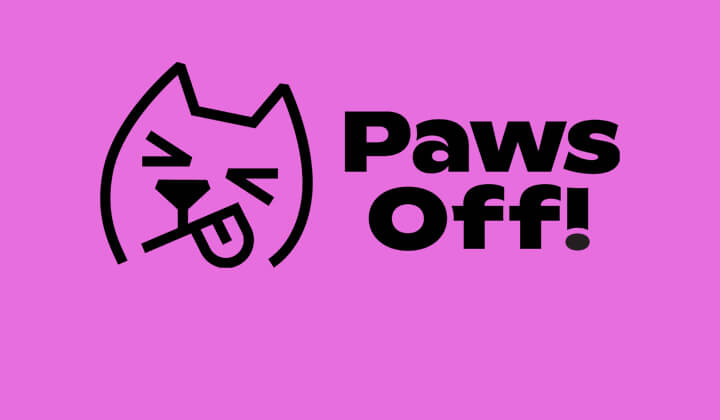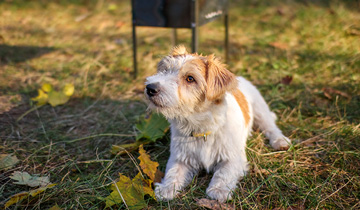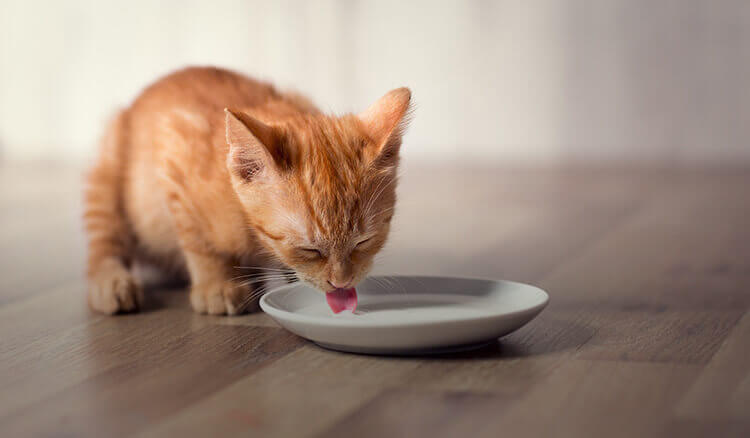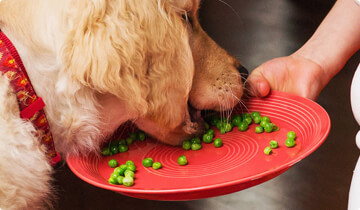As a pawrent, it’s important to know the human foods which aren’t safe for your pet to eat (Paws Off!), and what signs to look out for should your pup sneak something from the bench behind your back. If you want to join the mission to protect the precious lives we have with our pets, make sure to click below and send Paws Off! to your favourite human food brands to support.






